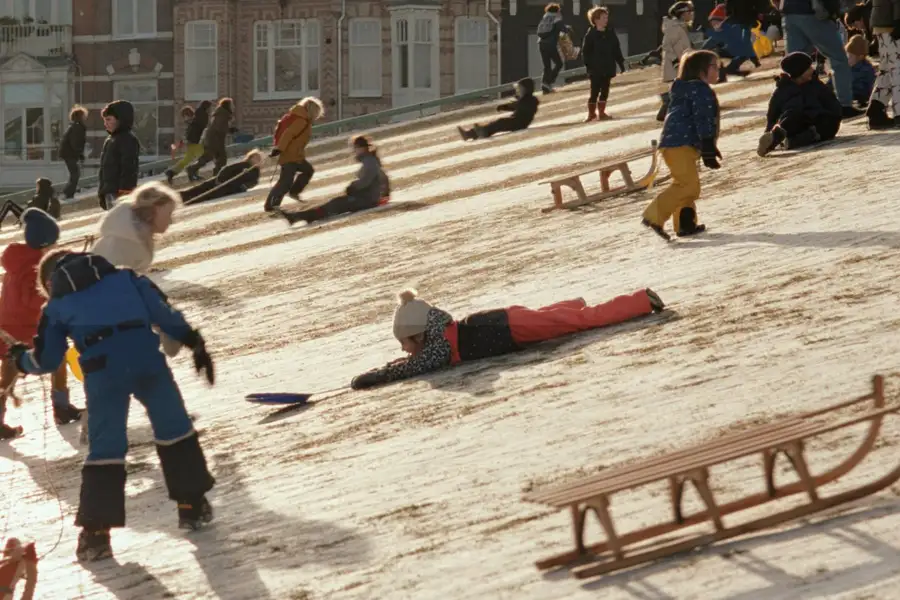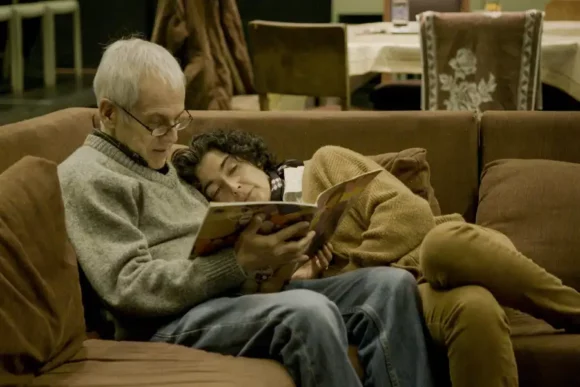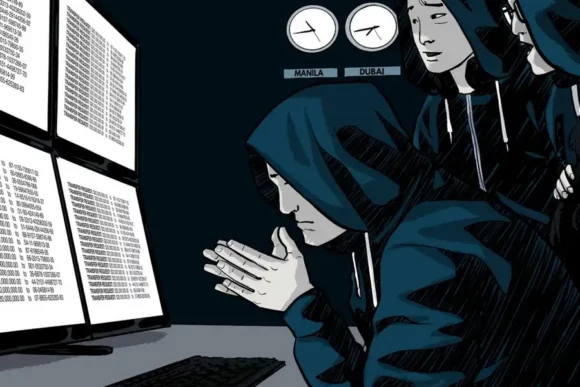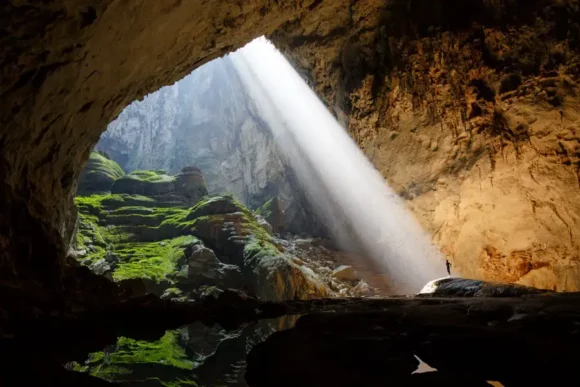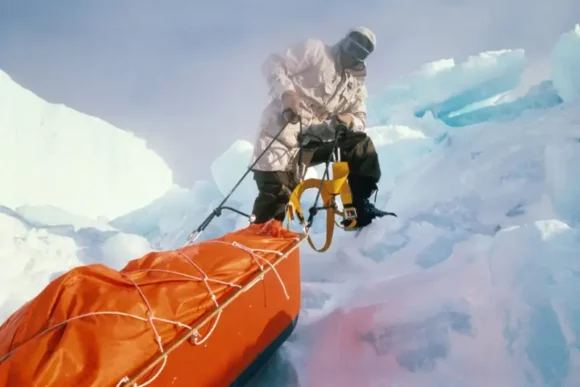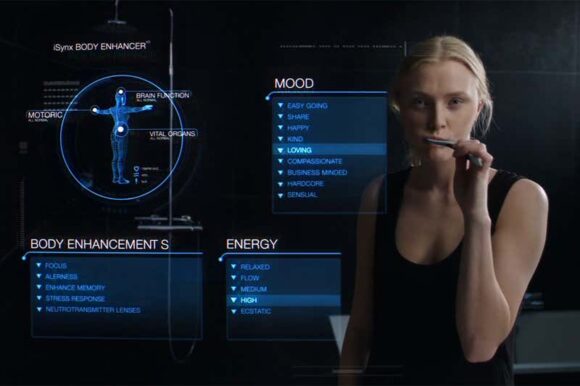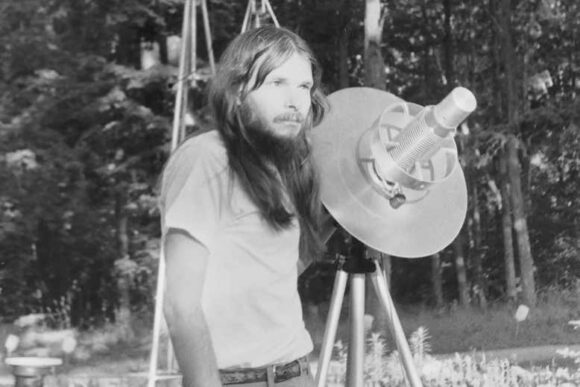Watching Mariam Ghani’s Dis-Ease for New Scientist
There aren’t many laugh-out-loud moments in Mariam Ghani’s long documentary about our war on germs. The sight of two British colonial hunters in Ceylon bringing down a gigantic papier maché mosquito is a highlight.
Ghani intercuts public information films (a rich source of sometimes inadvertent comedy) with monster movies, documentaries, thrillers, newreel and histology lab footage to tell the story of an abiding medical metaphor: the body as citadel, beset by germs.
Dis-Ease, which began life as an artistic residency at the Wellcome Institute, is a visual feast, with a strong internal logic. Had it been left to stand on its own feet, then it might have borne comparison with Godfrey Reggio’s Koyaanisqatsi and Simon Pummell’s Bodysong: films which convey their ideas in purely visual terms.
But the Afghan-American photographer Ghani is as devoted to the power of words. Interviews and voice-overs abound. The result is a messy collision of two otherwise perfectly valid documentary styles.
There’s little in Dis-Ease’s narrative to take exception to. Humoral theory (in which the sick body falls out of internal balance) was a central principle in Western medicine from antiquity into the 19th century. It was eventually superseded by germ theory, in which the sick body is assailed by pathogens. Germ theory enabled globally transformative advances in public health, but it was most effectively conveyed through military metaphors, and these quickly acquired a life of their own. In its brief foray into the history of eugenics, Dis-Ease reveals, in stark terms, how “wars on disease” mutate into wars on groups of people.
A “war on disease” also preserves and accentuates social inequities, the prevailing assumption being that outbreaks spread from the developing south to the developed north, and the north then responds by deploying technological fixes in the opposite direction.
At its very founding in 1948, the World Health Organisation argued against this idea, and the eradication of smallpox in 1980 was achieved through international consensus, by funding primary health care across the globe. The attempted eradication of polio, begun in 1988, has been a deal more problematic, and the film argues that this is down to the developed world’s imposition by fiat of a very narrow medical brief, even as health care services in even the poorest countries were coming under pressure to privitise.
Ecosystems are being eroded, and zoonotic diseases are emerging with ever greater frequency. Increasingly robust and well-coördinated military responses to frightening outbreaks are understandable and they can, in the short term, be quite effective. For example: to criticise the way British and Sierra Leonean militaries intervened in Sierra Leone in 2014 to establish a National Ebola Response Centre would be to put ideology in the way of common sense.
Still, the film argues, such actions may worsen problems on the ground, since they absorb all the money and political will that might have been spent on public health necessities like housing and sanitation (and a note to Bond villians here: the surest way to trigger a global pandemic is to undermine the health of some small exposed population).
In interview, the sociologist Hannah Landecker points out that since adopting germ theory, we have been managing life with death. (Indeed, that is pretty much exactly what the word “antibiotic” means.) Knowing what we know now about the sheer complexity and vastness of the microbial world, we should now be looking to manage life with life, collaborating with the microbiome, ensuring health rather than combating disease.
What this means exactly is beyond the scope of Ghani’s film, and some of the gestures here towards a “one health” model of medicine — as when a hippy couple start repeating the refrain “life and death are one” — caused this reviewer some moral discomfort.
Anthropologists and sociologists dominate Dis-Ease’s discourse, making it a snapshot of what today’s generation of desk-bound academics think about disease. Many speak sense, though a special circle of Hell is being reserved for the one who, having read too much science fiction, glibly asserts that we can be cured “by becoming something else entirely”.



